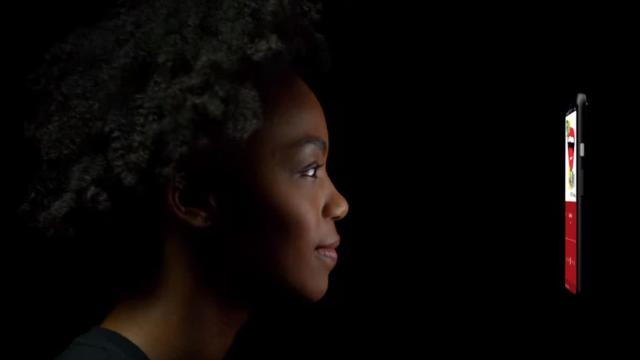About a month and a half ago, Google released the first official pic of Pixel 4. Then today, Google teased another couple of features for its upcoming flagship smartphone including face unlock and a new type of gesture recognition tech.
At this point, Google is risking spilling all the beans about the Pixel 4 before its annual product showcase. But considering the number of leaks we got about the Pixel 3 last year, it’s probably best these tidbits come directly from Google instead of potentially questionable sources from overseas.
Anyways here we are, and based on footage in the video and a new blog post from Google, we finally know for sure that the strange cutouts in the top right of the Pixel 4’s bezel are meant for Project Soli.
Developed by Google’s ATAP (Advanced Technology and Projects) division, Project Soli is a cluster of sensors than use radar to detect and track the movement of nearby objects including your hands.
As you can see in the video, this lets users control and manipulate the phone using gestures, such as swiping left and right to skip through music tracks, or using other gestures to snooze alarms and silence phone calls. That said, you might not want to get too attached to the Soli moniker, because on the Pixel 4, it seems Project Soli’s abilities will be know more generally as Motion Sense.
With Motion Sense, Google appears to be exploring new ways of controlling the phone without needing to physically touch it, and when combined with voice controls powered by the Google Assistant, users may be able to control a number of the Pixel 4’s features completely hands-free.
Earlier this year, LG came up with something similar with Air Motion gestures on the LG G8, though instead of using radar sensors, LG opted to use 3D time-of-flight cameras to recognise the movement of your hands and even unlock the phone by reading the blood vessels in your palms.
The second and somewhat less exciting feature detailed in Google’s Pixel 4 teaser is face unlock, something that has become pretty commonplace on phones, particularly high-end devices like the Pixel 4. Similar to the infrared dot projectors on used on the iPhone X and XS, the Pixel 4’s face unlock is based on IR cameras and sensors rather than less secure facial recognition techniques found on competing phones like the Galaxy S10.
Though there is a trade-off because those cameras do take up a fair bit of space, which gives the Pixel 4 the appearance of having a rather sizable forehead.
Thankfully, Google says the Pixel 4’s face unlock works in any orientation, so it doesn’t matter which way you’re holding the phone, while Google’s Soli sensors are responsible for activating the phone’s IR sensors anytime you reach for your device. Additionally, Google’s face unlock is secure enough to allow Pixel 4 owners to authenticate payments and log into supported apps using only their face.
Meanwhile, on the privacy front, Google says any associated image data will never leave the device and that all processing happens locally on the Pixel 4’s embedded Titan M security chip; data will not be sent to the cloud or shared with other Google services.
Regardless, based on Google’s last two teasers, I expect we’ll get a somewhat slow but steady drip of Pixel 4 info from now until its official launch in spring. And with the presence of multiple rear cameras, Motion Sense, and Face Unlock already confirmed for the Pixel 4, Google’s next phone is shaping up to easily be the most interesting handset the company has ever made.
